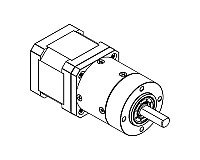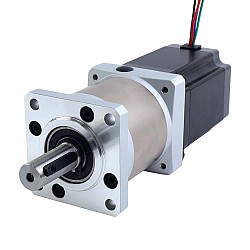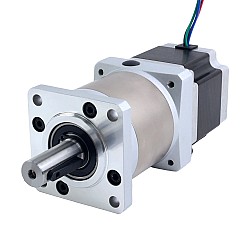1. What is an HMI Touch Screen?
A Human-Machine Interface (HMI) touch screen is a user interface or dashboard that connects a person to a machine, system, or device. It enables operators to interact with machines and processes efficiently and intuitively. HMI touch screens are commonly used in industrial automation, consumer electronics, and various other fields to simplify complex operations, monitor system performance, and control processes. They offer graphical representations of processes, buttons for commands, and often include functionalities like alarms, diagnostics, and data logging.

2. How Does an HMI Touch Screen Work?
An HMI touch screen combines touch-sensitive hardware with software that translates human input into actionable commands for machines or systems.
Here's how it works:
Touch Detection:
The screen detects touch through various technologies, such as resistive, capacitive, infrared, or surface acoustic wave (SAW).
Resistive screens use pressure, while capacitive screens rely on the electrical properties of the human body. Infrared and SAW technologies detect touch using light beams or sound waves, respectively.
Signal Processing:
When a user touches the screen, the hardware detects the location and sends this data to the HMI controller.
The controller processes the signal and maps it to a corresponding action or interface element.Command Execution:
The processed data triggers predefined actions in the connected system, such as starting a machine, adjusting a setting, or displaying specific information.
Feedback Display:
The screen updates to reflect the changes or provide feedback to the user, ensuring real-time interaction.
-4.jpg)
3. HMI Touch Screen Normal Sizes
HMI touch screens come in various sizes to suit different applications and environments. The most common sizes range from 4 inches to 21 inches. Here are some typical size categories:
Small Screens(4-7 inches): Used in compact devices or machines with limited space. Common in applications like handheld devices or simple control panels.
Medium Screens(8-15 inches): Suitable for standard industrial applications, these screens provide a balance between functionality and cost.
Large Screens(15-21 inches or larger): Found in complex systems requiring detailed data visualization, such as factory control rooms or advanced machinery.
The choice of size often depends on factors like the complexity of the application, the amount of data to be displayed, and the available installation space.
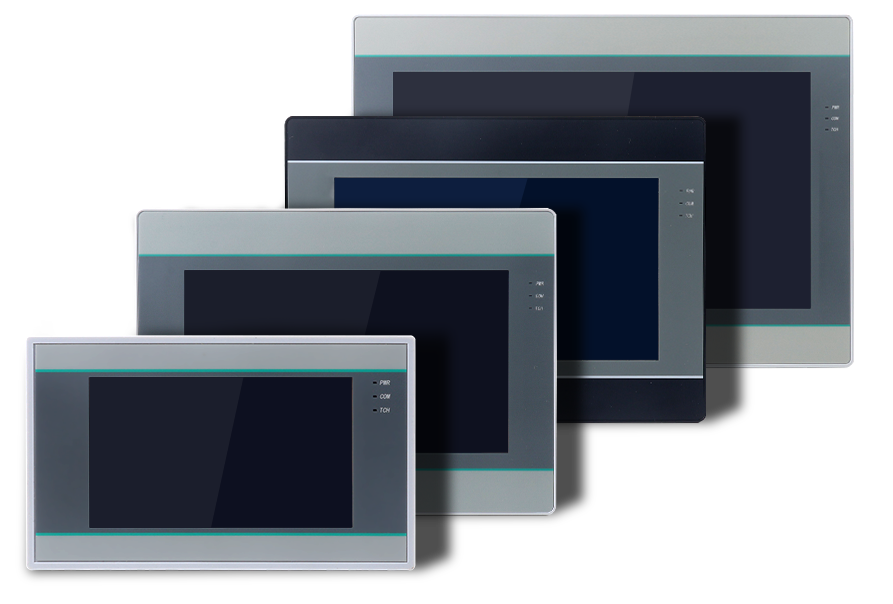
4. HMI Touch Screen Types
HMI touch screens vary in terms of technology, features, and application. Here are the main types:
Based on Touch Technology:
Resistive: Cost-effective and suitable for environments where users wear gloves. Less responsive to light touches.
Capacitive: Highly responsive and durable, often used in modern consumer electronics and advanced industrial systems.
Infrared: Uses an array of infrared LEDs and photodetectors, offering high durability and multi-touch capabilities.
Surface Acoustic Wave (SAW): Provides excellent clarity and durability but can be affected by environmental factors like dust and water.
Based on Application Environment:
Standard HMI: Designed for general-purpose use in controlled environments.
Rugged HMI: Built for harsh industrial conditions, with features like water resistance, shock absorption, and wide temperature tolerance.
Based on Functionality:
Basic HMI: Offers simple monitoring and control functions.
Advanced HMI: Includes additional features like data logging, network connectivity, and remote access.
5. How to Choose an HMI Touch Screen
Selecting the right HMI touch screen requires careful consideration of several factors:
Application Requirements:
Determine the complexity of the system and the functionalities needed. For example, does it require data logging, alarm management, or multi-touch support?
Environment:
Evaluate the operating environment. For harsh conditions, choose rugged HMIs with protective features like waterproofing and shock resistance.
Size:
Assess the space available for installation and the amount of information that needs to be displayed.
Connectivity:
Check for compatibility with existing systems and protocols (e.g., Ethernet, Modbus, OPC UA).
Budget:
Balance cost considerations with the required features and durability.
User Interface Design:
Ensure the HMI supports intuitive interface design to improve operator efficiency.
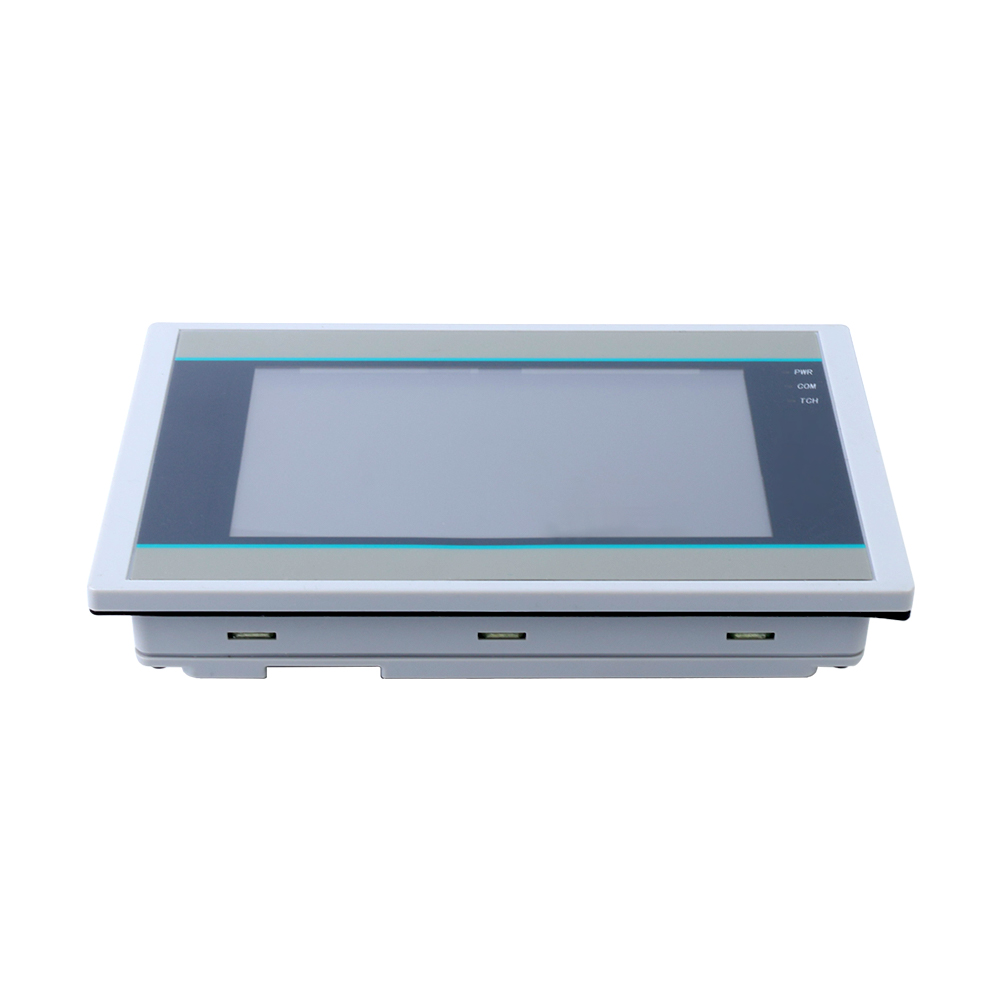
6. HMI Touch Screen Applications
HMI touch screens are widely used across industries due to their versatility. Here are some common applications:
Industrial Automation:
Used to monitor and control machinery in factories, including production lines, robotics, and process automation.
Energy Management:
Found in power plants, renewable energy systems, and smart grids for monitoring and managing energy distribution.
Healthcare:
Integrated into medical devices and systems for monitoring patients and operating equipment.
Transportation:
Used in vehicles, trains, and ships for navigation, monitoring, and control systems.
Consumer Electronics:
Employed in home automation systems, kitchen appliances, and other smart devices.
Building Automation:
Controls HVAC systems, lighting, and security systems in smart buildings.
Retail and Hospitality:
Found in kiosks, ATMs, and POS systems for customer interaction and self-service applications.
7. Conclusion
HMI touch screens have revolutionized how humans interact with machines, offering intuitive and efficient interfaces across various domains. Understanding their working principles, types, and applications helps in choosing the right HMI for specific needs. Whether in industrial automation, healthcare, or consumer electronics, these devices continue to play a pivotal role in improving productivity and user experience.









































































